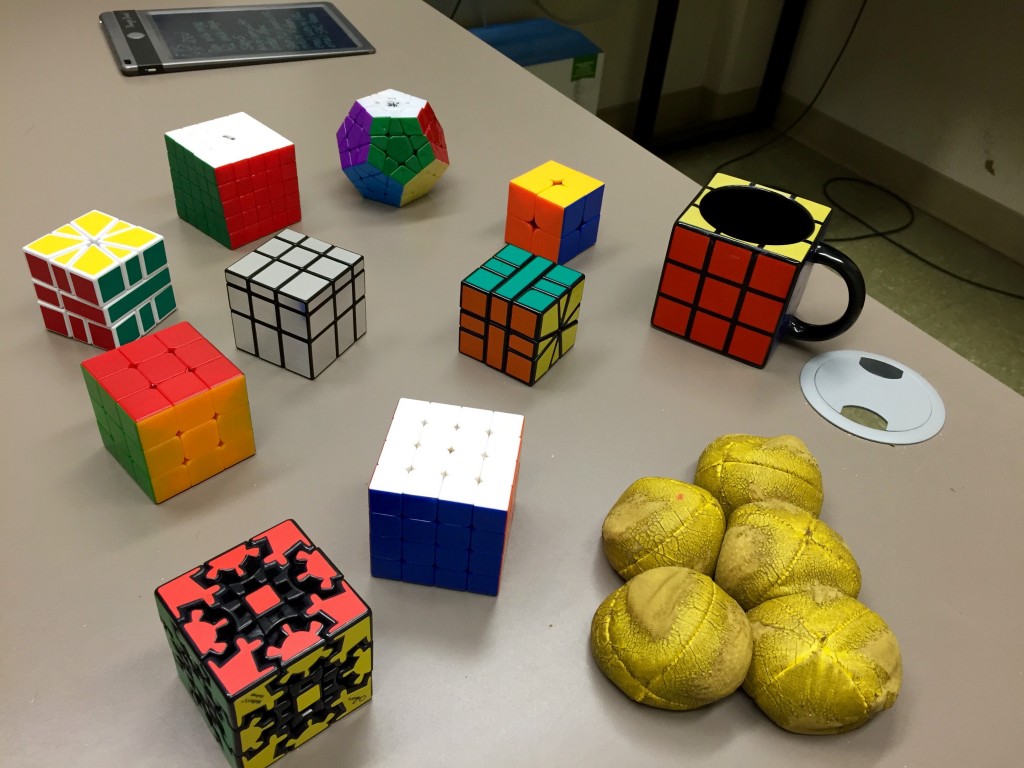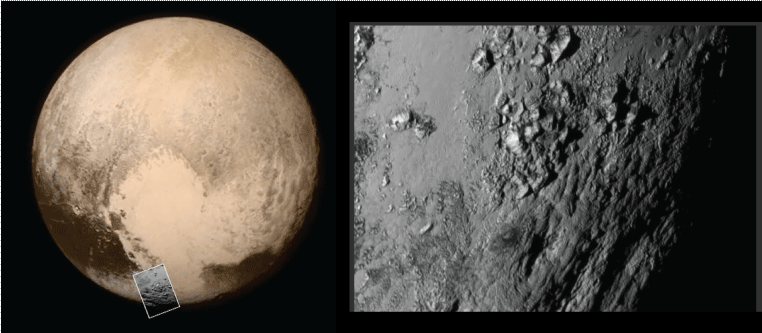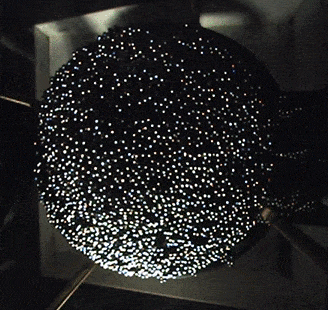Greetings! I have recently returned from a semester-long research leave, thanks to Wooster’s generous faculty leaves program. During my leave, I split my time between Wooster and the Universities of Glasgow and Oxford in the United Kingdom, in addition to a week-long conference in Prague, Czech Republic.
In Wooster, I continued work in my lab with Clare Boothe Luce scholar Maggie Lankford ’16, developing the means to manipulate the degrees of freedom of photons (quantum particles of light) in previously unrealized ways. This work has applications in the current push to realize new types of computational networks based on quantum mechanical principles.
At the Prague conference (Quantum Optics and Quantum Information Transfer and Processing), I coauthored a conference paper along with Maggie and Wooster graduate Deepika Sundaraman ’14 entitled “Coupling of spin and orbital degrees of freedom in tunable Hong-Ou-Mandel interference involving photons in hybrid spin-orbit modes.” The paper was inspired by predictions and preliminary results achieved by Deepika in her Senior IS thesis, which Maggie has continued to investigate. Maggie also attended this conference, where she presented our work in poster form.

In Glasgow and Oxford, I worked with collaborators Dr. Sonja Franke-Arnold and Dr. Brian Smith, familiarizing myself with newly developed technologies for the manipulation of photons by optical means. The leave has led to new research directions involving spatial manipulation of polarization and phase structures of light, which have collectively contributed to a National Science Foundation grant proposal that I submitted this summer. I expect these new directions to become the subject of one or more exploratory IS projects at Wooster during the coming year.

Outside the laboratory, a few highlights of my UK trip include:
1) an ascent to the summit of Sgurr na Stri on the Isle of Skye, which gave way to an amazing view of the main ridge of the Black Cuillin mountain range curling round Loch Coruisk;

and
2) a trip to the 500+ year old Bodleian Library in Oxford where they had original copies and first editions of many works of genius, including this first edition of Sir Isaac Newton’s Principia!

I am excited to be back in Wooster, and look forward to the adventures that the coming year will bring.





















Thanks, Mark! I enjoy reading your posts as well.